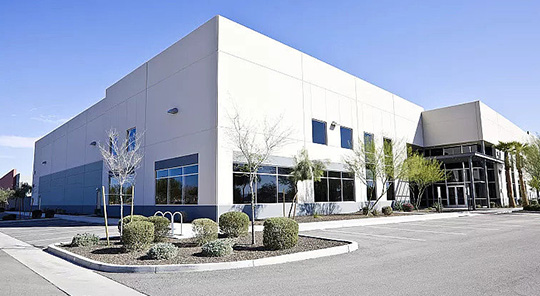01. 1956: Dartmouth Conference
Science&Technology
Yes, you read it right! As early as 1956, Dartmouth College in the United States held a conference called "Artificial Intelligence", which was considered the beginning of the field of artificial intelligence.
At the meeting, computer scientists discussed how to make computers simulate human thinking processes and proposed the concept of "artificial intelligence", which also laid the initial foundation for the development of machine vision.

02. 1973: Text oriented image processing system launched
Science&Technology
In 1973, the United States Postal Service launched an automated mail sorting system, which was the first large-scale adoption of image processing technology in the commercial field.

(Sorry, I couldn't find any pictures from 1973.)
03. 1982: The first commercial machine vision system was launched
Science&Technology
In 1982, Cognex Corporation developed and launched the first commercial machine vision system, DataMan. DataMan is the world's first industrial optical character recognition (OCR) system capable of reading, verifying, and confirming letters, numbers, and symbols directly marked on parts and components. And Cognex's first customer was a typewriter manufacturer who purchased the system to detect the buttons on each typewriter to ensure they were in the correct position.

04. 1997: Deep Blue defeats an international chess champion
Science&Technology
This century long war is believed to be remembered by many post-80s generations. Although it was not directly related to machine vision, it marked the transcendence of computers over the human brain in complex tasks, and also prompted the further integration of machine intelligence and machine vision. Of course, this game also made chess master Gary Kasparov the world's first knowledge-based worker whose job was threatened by machines.

05. 2012: AlexNet wins the ImageNet competition
Science&Technology
The ImageNet Computer Vision Challenge is organized by researchers from top universities and companies worldwide, and can be considered a benchmark in the field of computer vision. The results of the competition can intuitively reflect the research progress and breakthroughs of various research institutions in the hot field of computer vision.
In the 2012 ImageNet competition, Hinton and his student Alex Krizhevsky won the championship with their convolutional neural network, AlexNet.
So what exactly is the neural network AlexNet? So you understand, it is the pioneer of deep learning image classification. The application areas of AlexNet cover multiple fields such as computer vision, natural language processing, and speech recognition. In the field of computer vision, AlexNet is widely used in tasks such as image classification, object detection, and facial recognition. In the field of natural language processing, AlexNet is used for tasks such as text classification and sentiment analysis. In the field of speech recognition, AlexNet is used for tasks such as speech recognition and speech synthesis.
AlexNet has not only played an important role in the development of deep learning algorithms, but also has a wide range of applications in the field of machine vision.

06. 2018: Breakthroughs in Image Generation Technology
Science&Technology
Since 2018, breakthroughs in GAN (Generative Adversarial Networks) and other image generation technologies released by OpenAI have driven the development of computer vision, making image generation and transformation more advanced.
Taking Generative Adversarial Networks (GANs) as an example. He can use models to generate new cases based on existing samples, such as generating a set of new photos that are similar but have subtle differences from the existing photo set. The generated photos are almost indistinguishable from real photos, for example, if you haven't climbed Mount Everest, he can even directly generate a travel photo that is sufficiently realistic for you! Of course, helping you age or lose your photos is a piece of cake.

07. 2020: Machine Vision Applications in the Epidemic
Science&Technology
In the global fight against COVID-19, machine vision has been widely applied in areas such as temperature detection, facial recognition, and social distance monitoring.
In the field of security, robots conduct real-time patrols to reduce long-term exposure risks for patrol personnel. The temperature measurement robot achieves mobile temperature measurement, providing safety protection for medical and security personnel. Robots have become one of the main players in technological epidemic prevention in this battle, and more and more medical robots and service robots are being invested in epidemic prevention and control at the front line, isolation areas, and public places. The food delivery robot Qinglang has been fighting against the epidemic for 20 days in this battle, serving more than 10 provinces and cities across the country, including Hubei, Guangdong, Zhejiang, Henan, Hunan, Jiangsu, Sichuan, Shaanxi, Shanghai, Beijing, Tianjin, Chongqing, and other heavily affected areas. It involves nearly 50 hospitals and isolation points, responsible for delivering food, daily necessities, medical supplies, etc., avoiding cross infection, and reducing the repetitive mechanical work of frontline medical staff.

08. 2021: Development of Autonomous Vehicles
Science&Technology
Pilot projects and technological breakthroughs of autonomous vehicle worldwide, including Tesla's Autopilot, have promoted the development of driverless technology.

Source: Gaoli Kaiyuan Intelligent Equipment
















